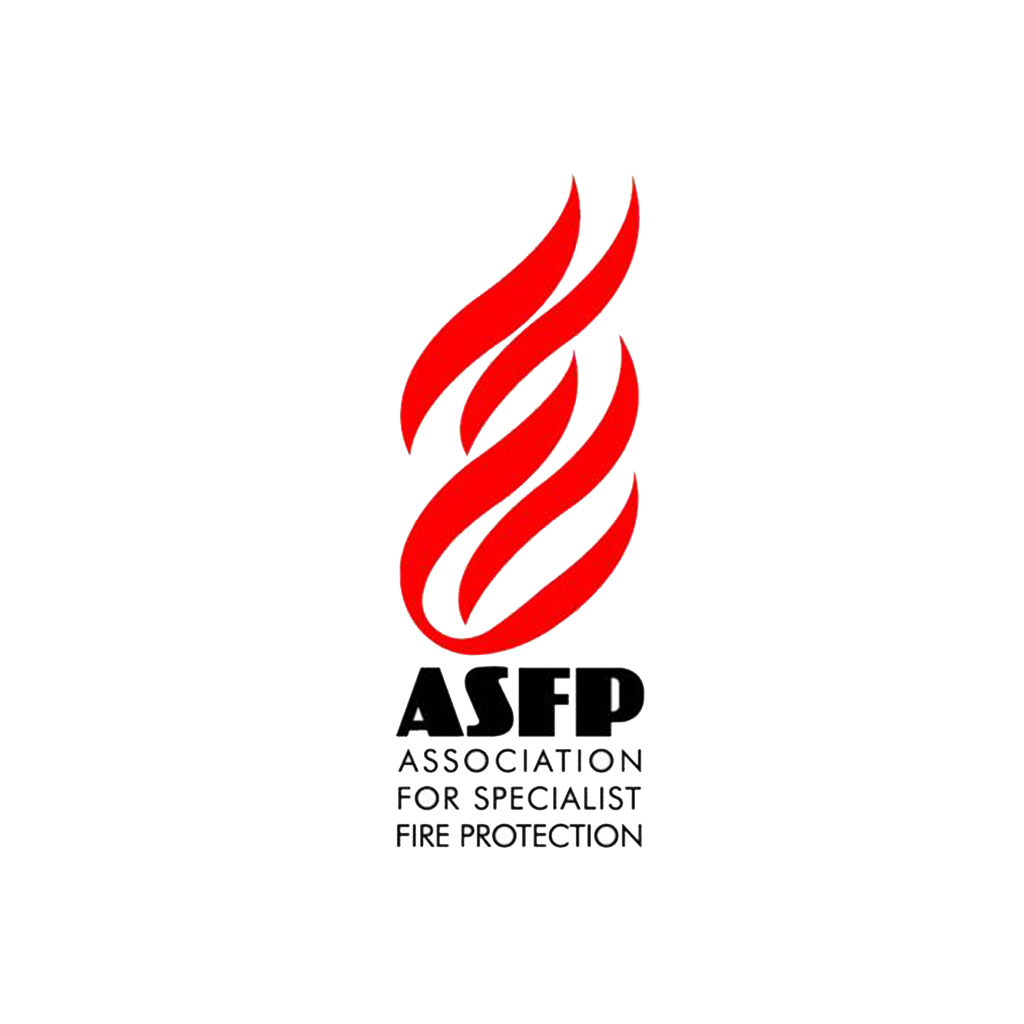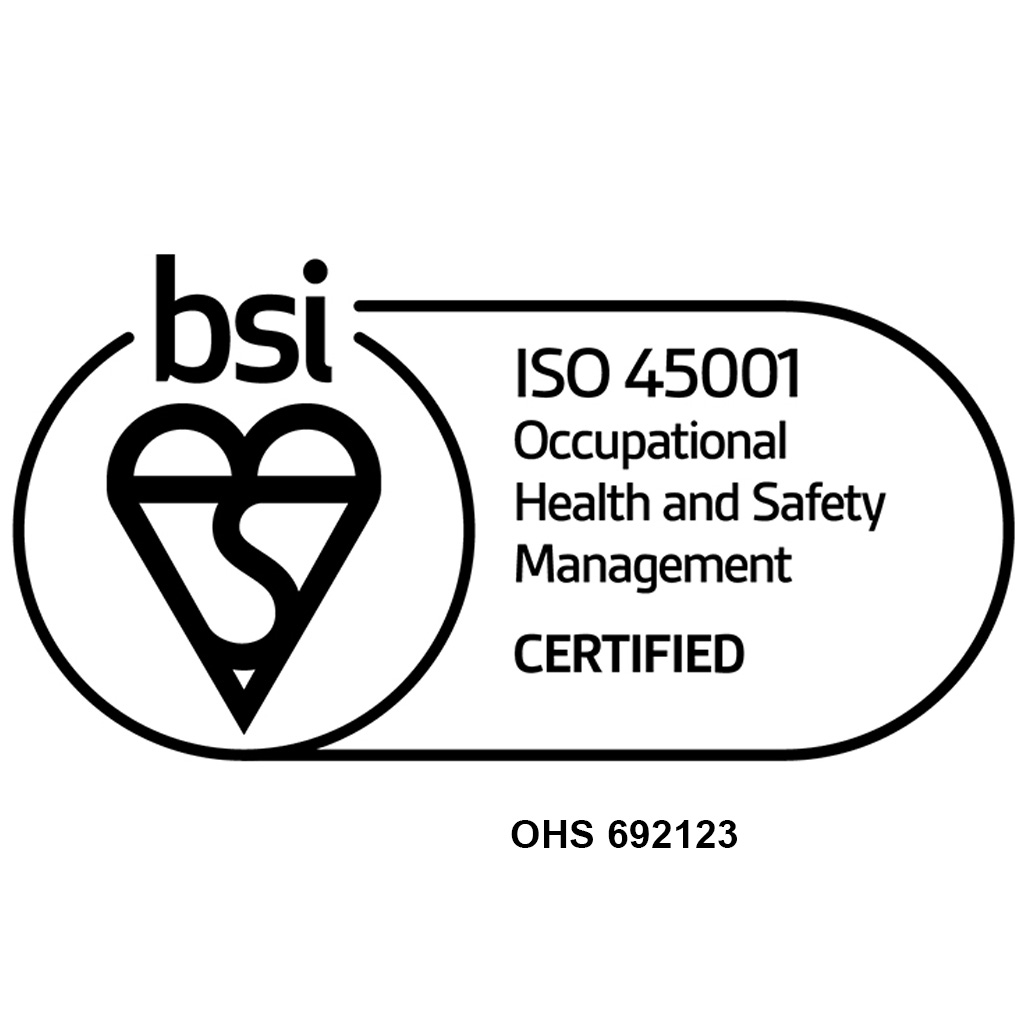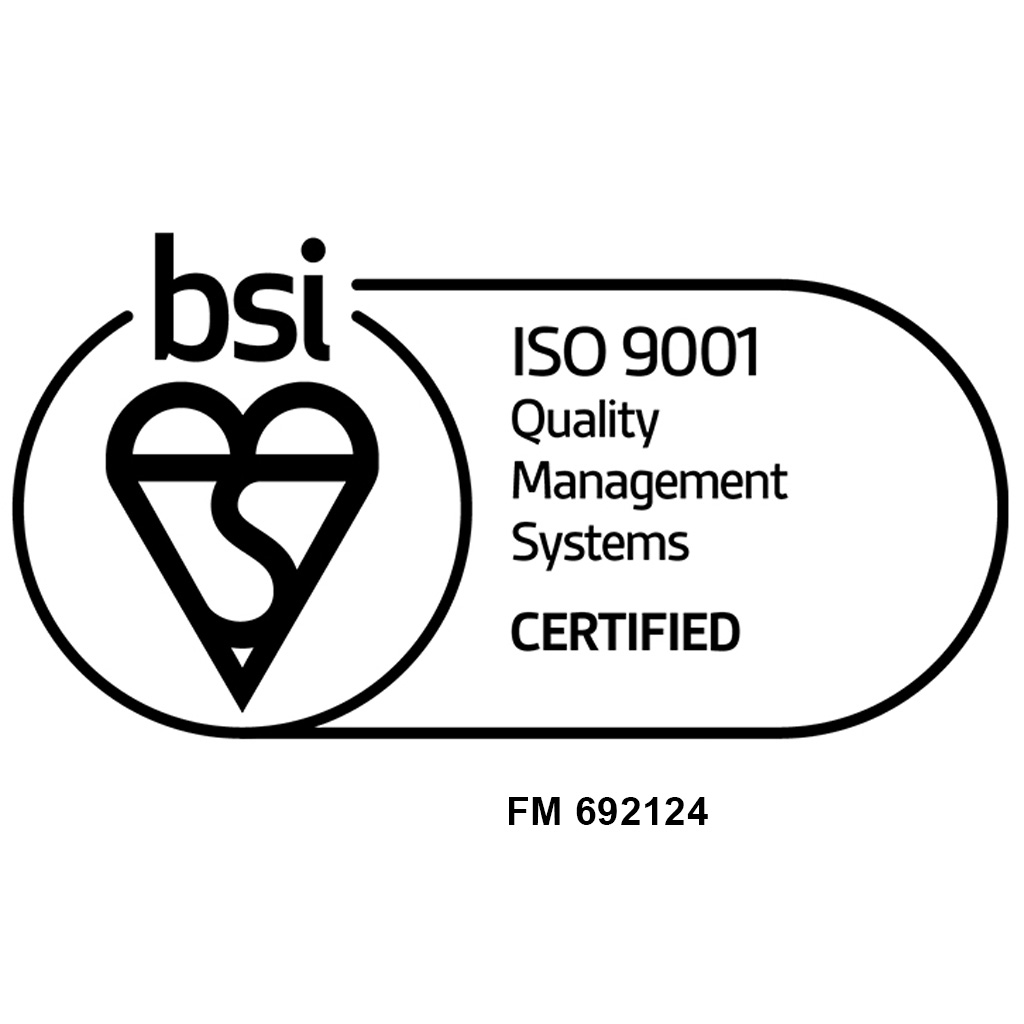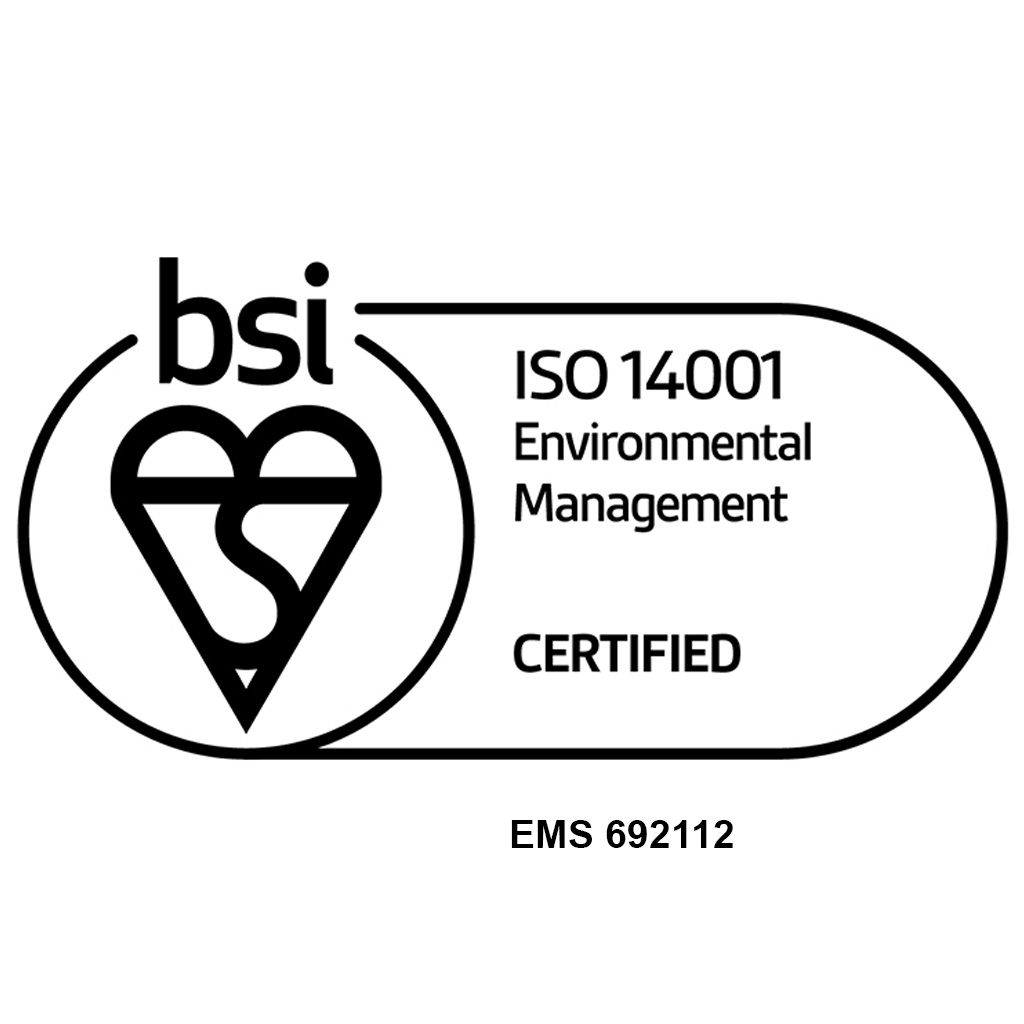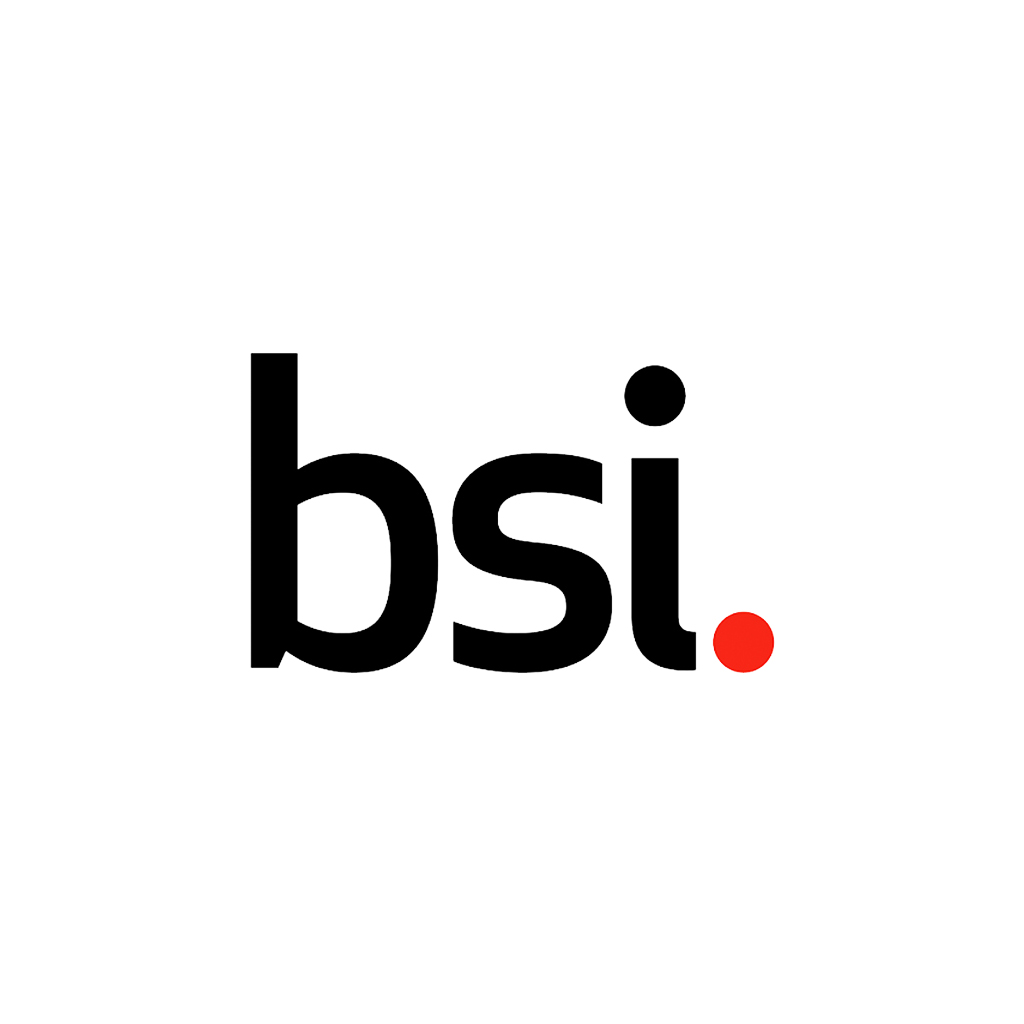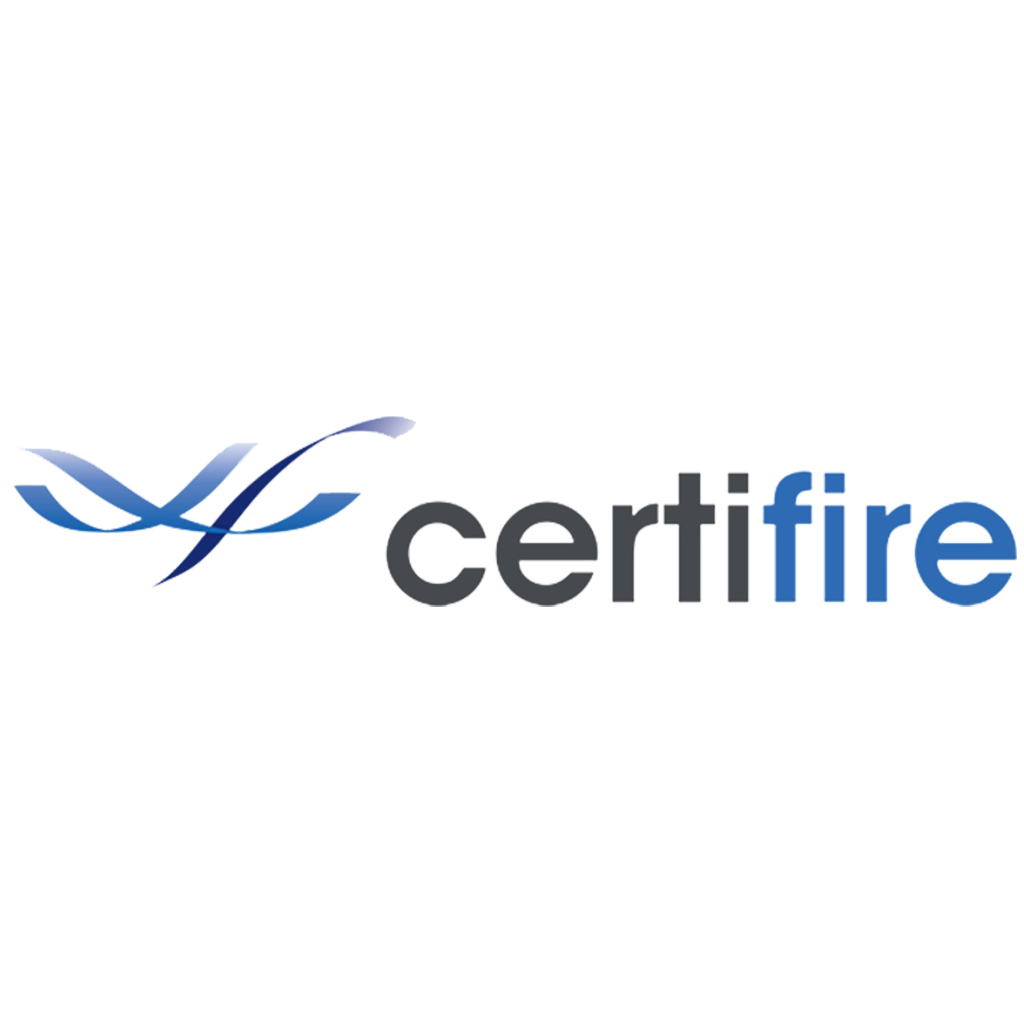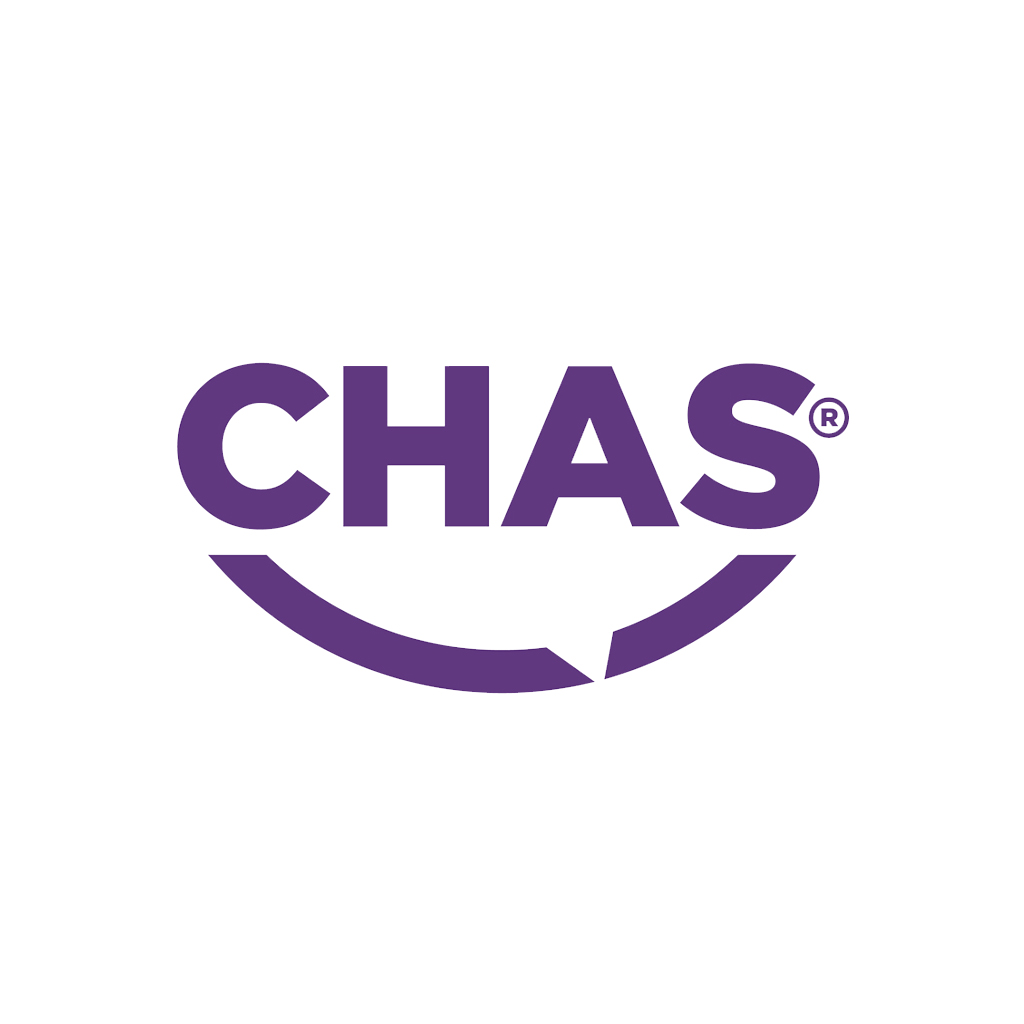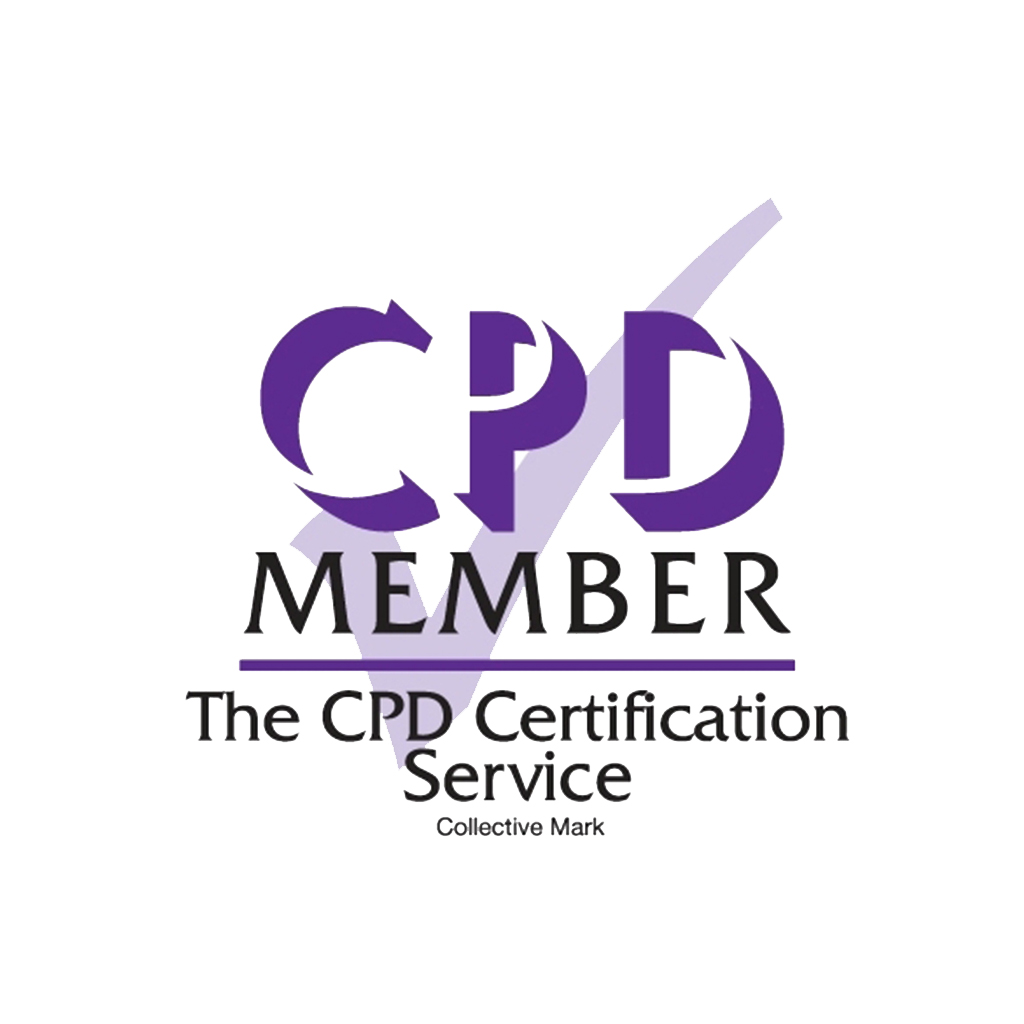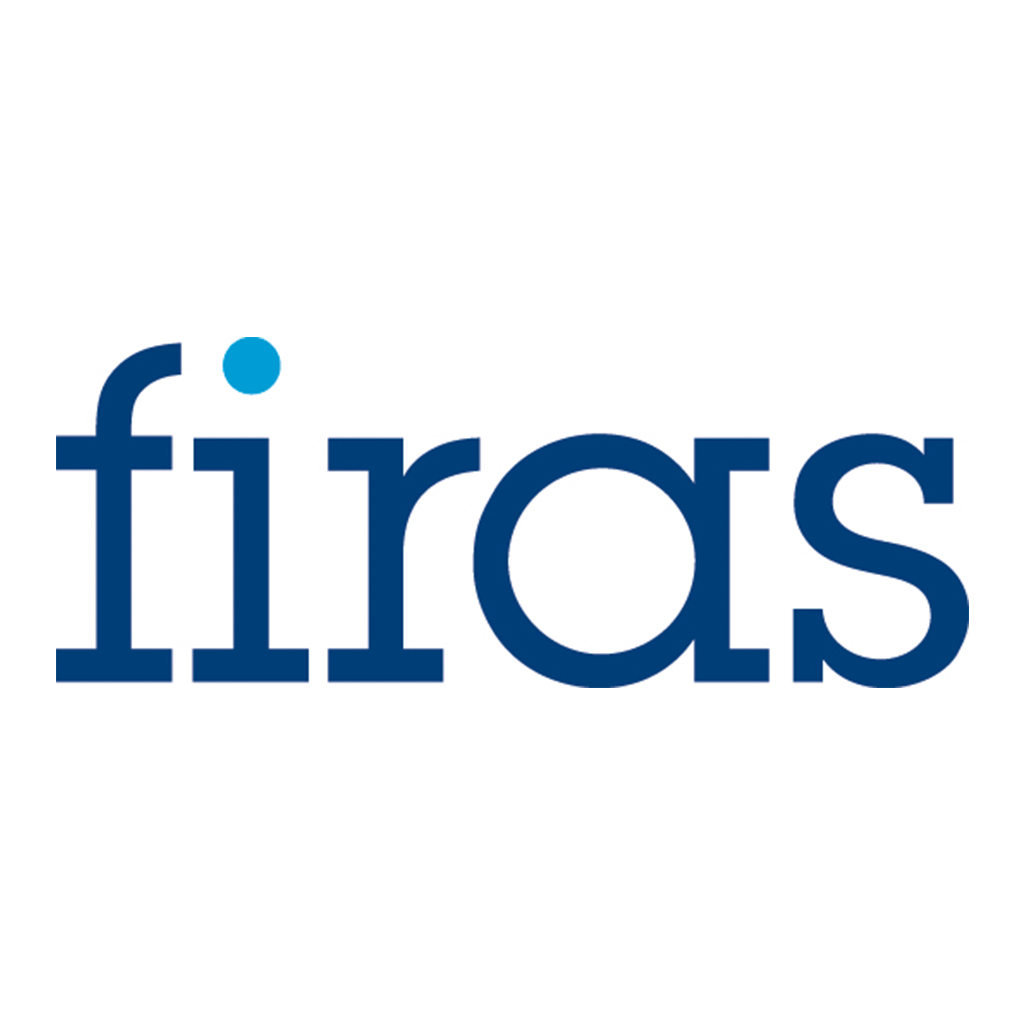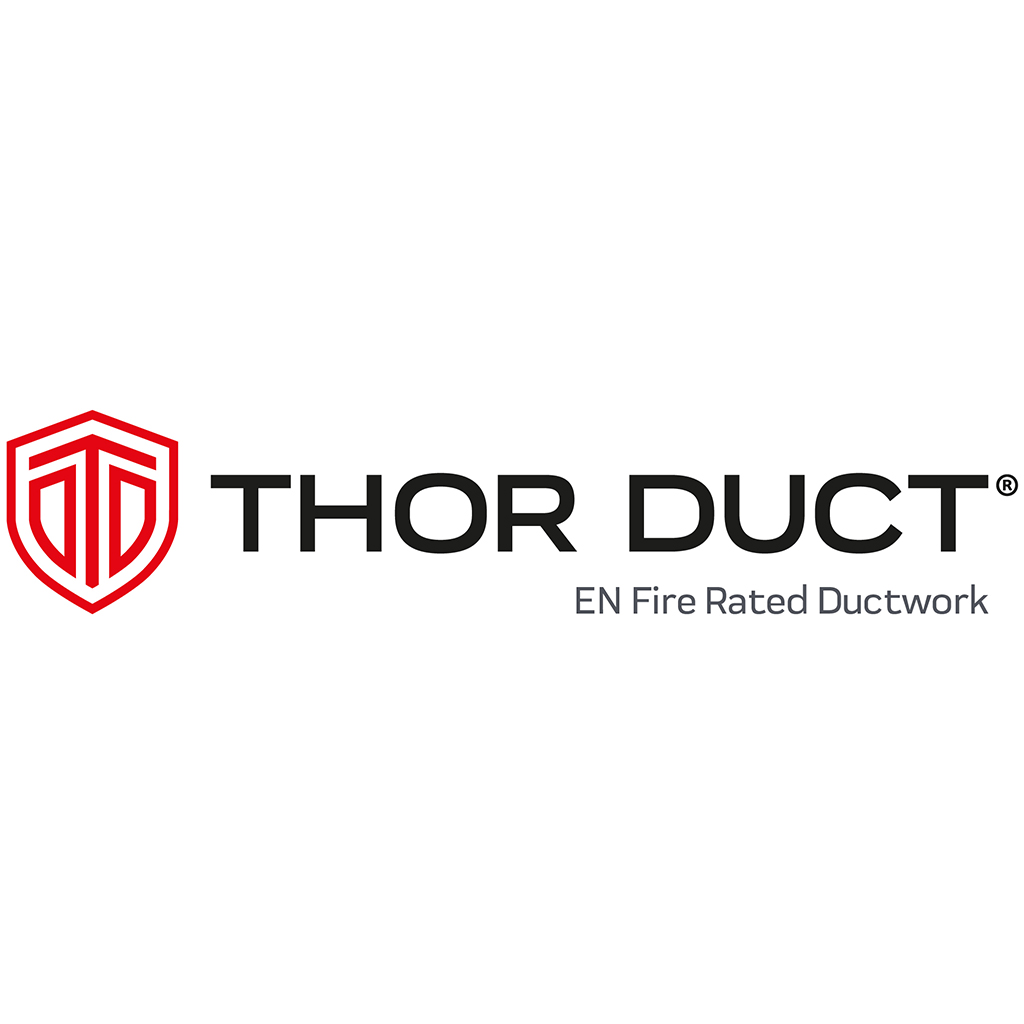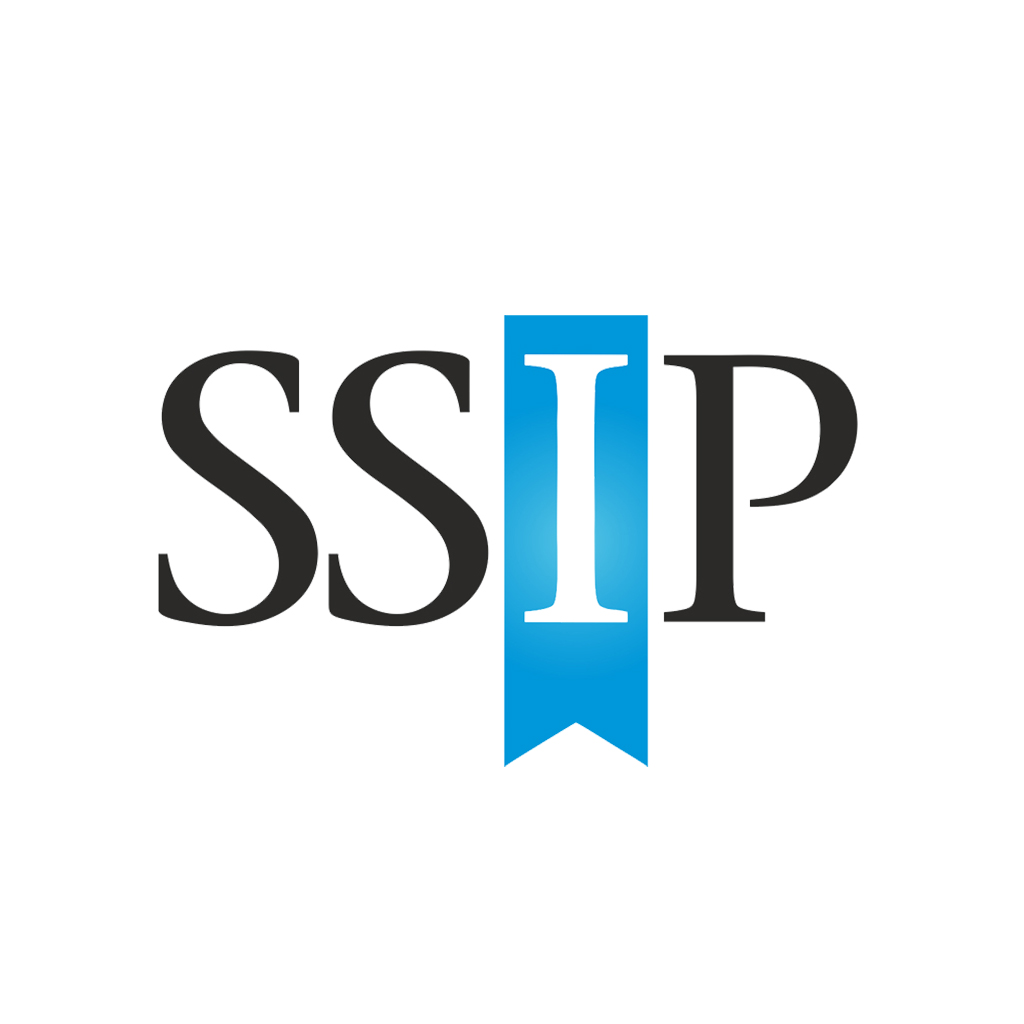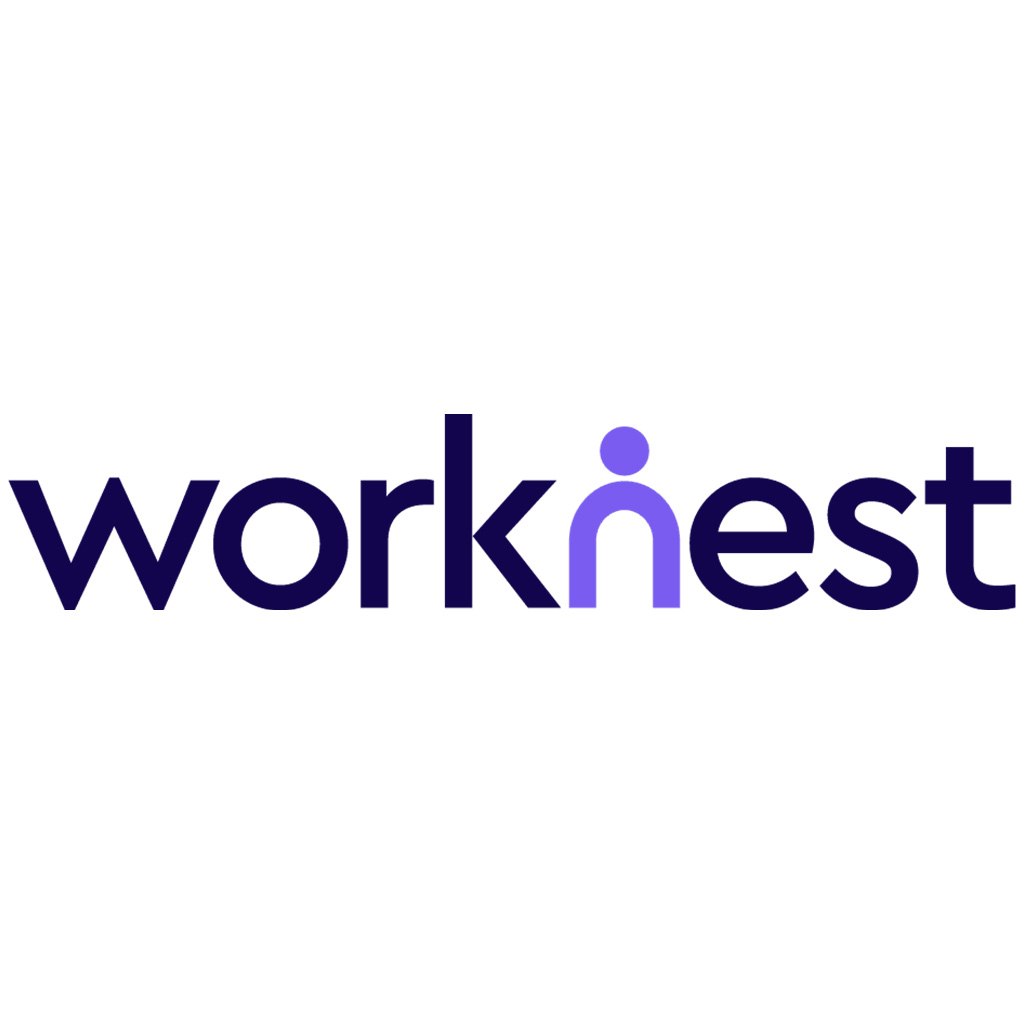European Standards (ENs) are documents that have been ratified by one of the three European Standardisation Organisations ESOs, CEN, CENELEC or ETSI; recognised as competent in the area of voluntary technical standardisation, EU Regulation 1025/2012.
An EN European Standard:
carries with it the obligation to be implemented at national level by being given the status of a national standard and by withdrawal of any conflicting national standard".
Therefore, a European Standard automatically becomes a national standard in each of the 34 CEN-CENELEC member countries.
When it pertains to smoke extract, a harmonised standard hEN 12101-7 was released with a transition period ending July 2013. From July 2013, all smoke extract must comply with the standard EN 12101-7, and be classified to EN standard 13501-4. The appropriate tests are, multi-compartment EN 1366-8 and single-compartment EN 1366-9. In keeping with the requirements of the Construction Products Directive, all smoke extract must carry the CE symbol.
From July 2013, all smoke extract must comply with the standard EN 12101-7, and be classified to EN standard 13501-4.
Fire rated ducts, other than smoke applications, are subject to the test standard EN 1366-1, which became national standard in April 2015. The classification report for fire ducts is EN 13501-3. A harmonised standard is still being ratified, and until such time as it is adopted, fire ducts with the exception of smoke ducts, do not require a CE marking.
Fire tests are conducted with
- Mechanical and dynamic pressure
- Leakage measurements
- Cross sectional area movements
- Different orientations
- Hydrocarbon fire curve
- Fire types A and B and C
Ducts are classified as
- E Integrity
- I Insulation
- S leakage
- Type A o -> i
- Type B I -> o
- Minutes (15,30,45,60,90,120)
OUR ACCREDITATIONS, AFFILIATIONS & PARTNERS...
